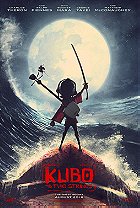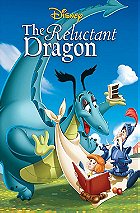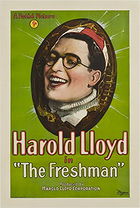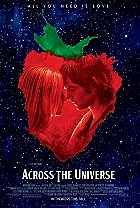There are two different films colliding throughout Jackie, one about the days after JFK’s assassination, this one is generic if well acted and beautifully shot, and another about how Jackie Kennedy used her power to sanctify his legacy, this one is far superior. The part of Jackie that focuses in on the former First Lady’s struggle to maintain her agency, proliferate the family’s legacy, and mourn her losses in shockingly intimate detail. It breaks the back of a biographical film and reveals that Natalie Portman’s performance is as much of an act as Kennedy’s exacting control of the interview.
Jackie makes the case that Jackie Kennedy’s role as First Lady was that of PR maven, creating the legacy of JFK as the “People’s President” with her infamous White House tour, and continuing on with the Life magazine article, public funeral, and actions in the days following his assassination. Her actions were extremely successful, think of how we’ve dubbed the Kennedy political dynasty as “Camelot,” how the Kennedys have ascended to something approximating royalty. A measly two years was the entirety of JFK’s tenure as president, yet his legacy and visage lingers in the American popular consciousness for a variety of reasons, and credit must be placed at Jackie’s immaculately styled and clothed feet.
But it’s the multilayered performance and character study that Natalie Portman provides the film that is the biggest strength. The script is probably a work of large fiction, but it brilliantly blurs the line between the public and private personas of the famous historical figures at play here. Portman’s delicately modulated performance demonstrates this balance throughout, most notably during the recreation of the White House tour where Jackie plays hostess and tries to use television to build a bridge between the general public and its ruling class. The obvious strengths of her performance, the expert vocal inflections and impeccable costuming, are only emboldened by the quieter strength of Portman’s work. Her face must change between public and private emotions in intense close-ups frequently and quickly, and she’s rarely not in a scene or the frame. If the doomed perfectionist of Black Swan was a career high for Portman, then this portrait of a grieving widow trying to keep her sanity and her power towers over that one.
But all is not brilliantly executed in Jackie. The interview works as a framing device, and occasionally the framing device goes crooked in setting up the sections that we launch back into and witness from Jackie’s specific point-of-view. It’s not that Billy Crudup’s performance isn’t strong, it is, but he’s clearly a mere pawn to the steely resolved queen before him. These interview segments can feel self-conscious, and the clear artifice of them stands in contrast to the raw grief and specificity of detail in the numerous flashbacks.
The ambition on display here is admirable even if Jackie ends up tripping itself up along the way. After a while, the two distinct movies collide echoing the power struggles in the narrative. The better movie won out in the end for me, but I can understand detractors thinking this movie is too cold, thinks its smarter than it is, but I found it emotionally involving, fascinating in its character study, and beautiful to look at and listen to.
 Login
Login
 Home
Home 95 Lists
95 Lists 1531 Reviews
1531 Reviews Collections
Collections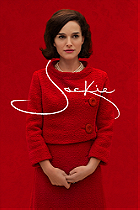
 0 comments,
0 comments, 

